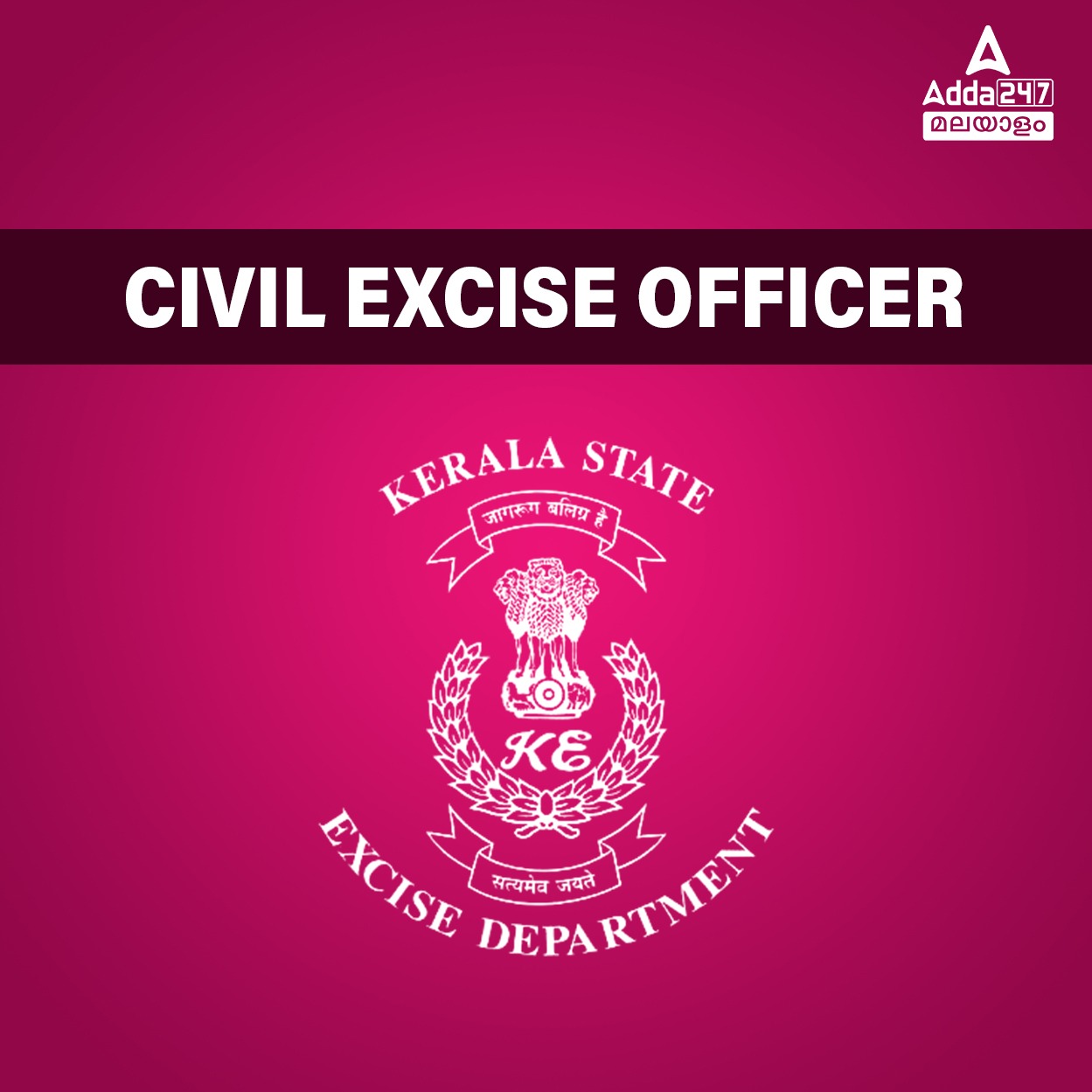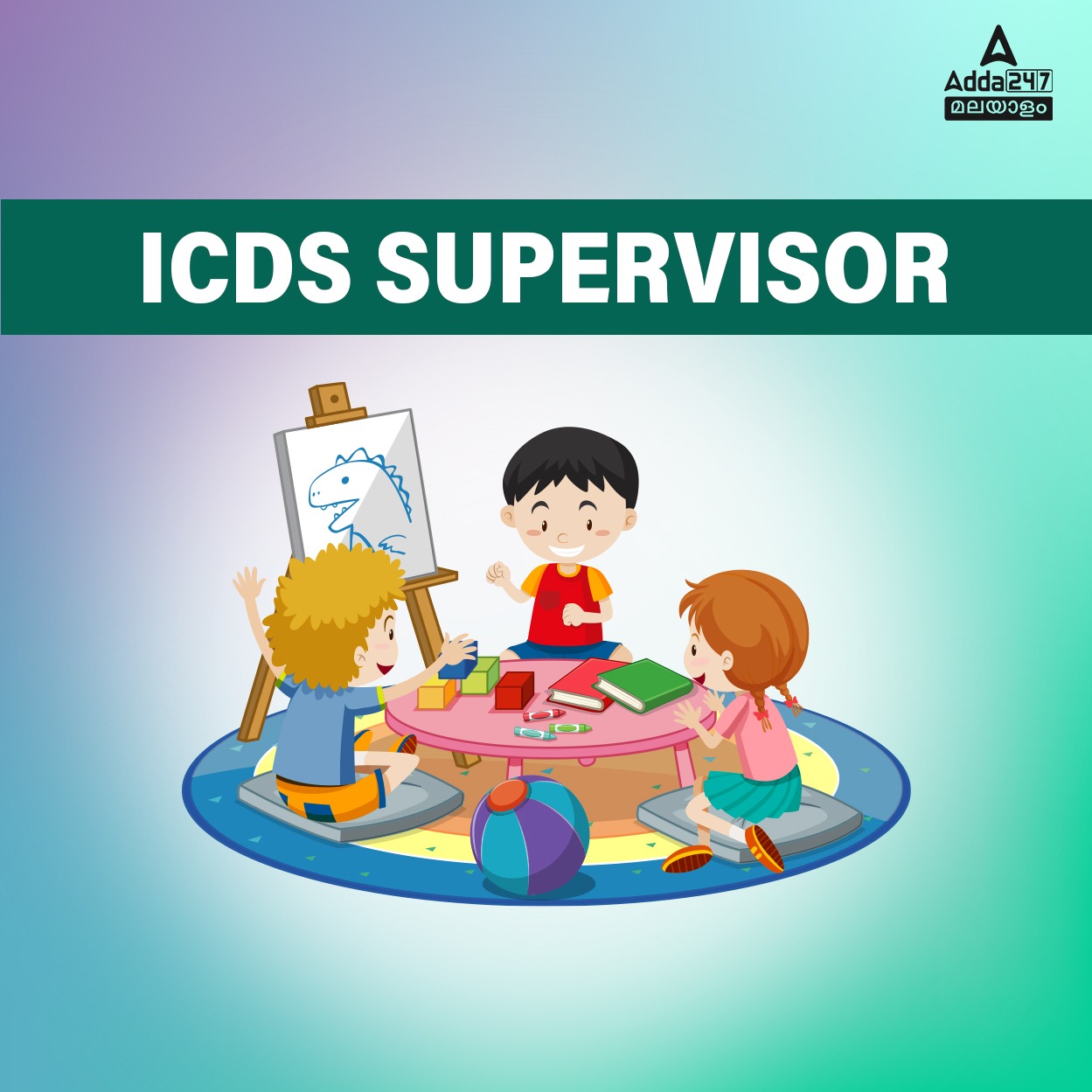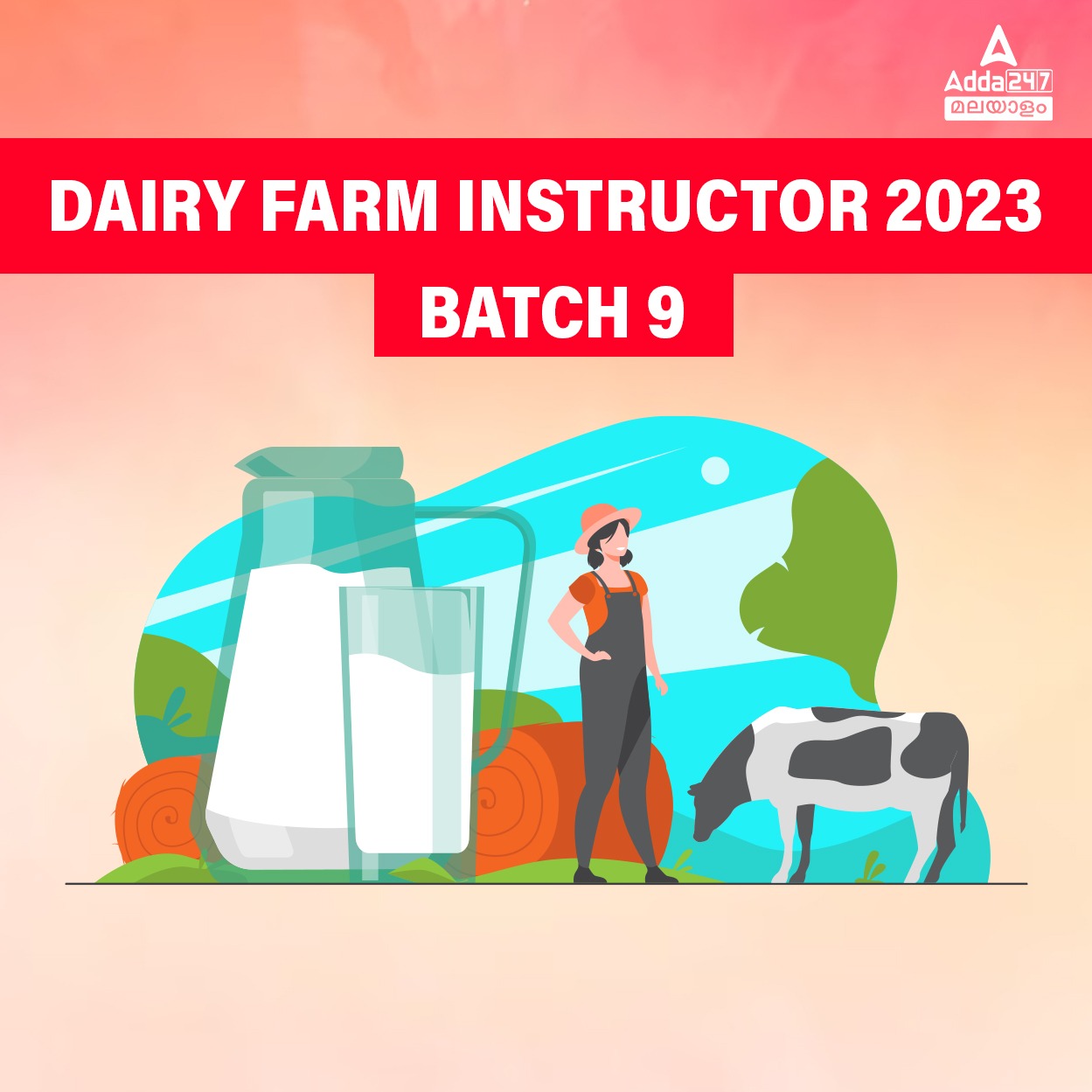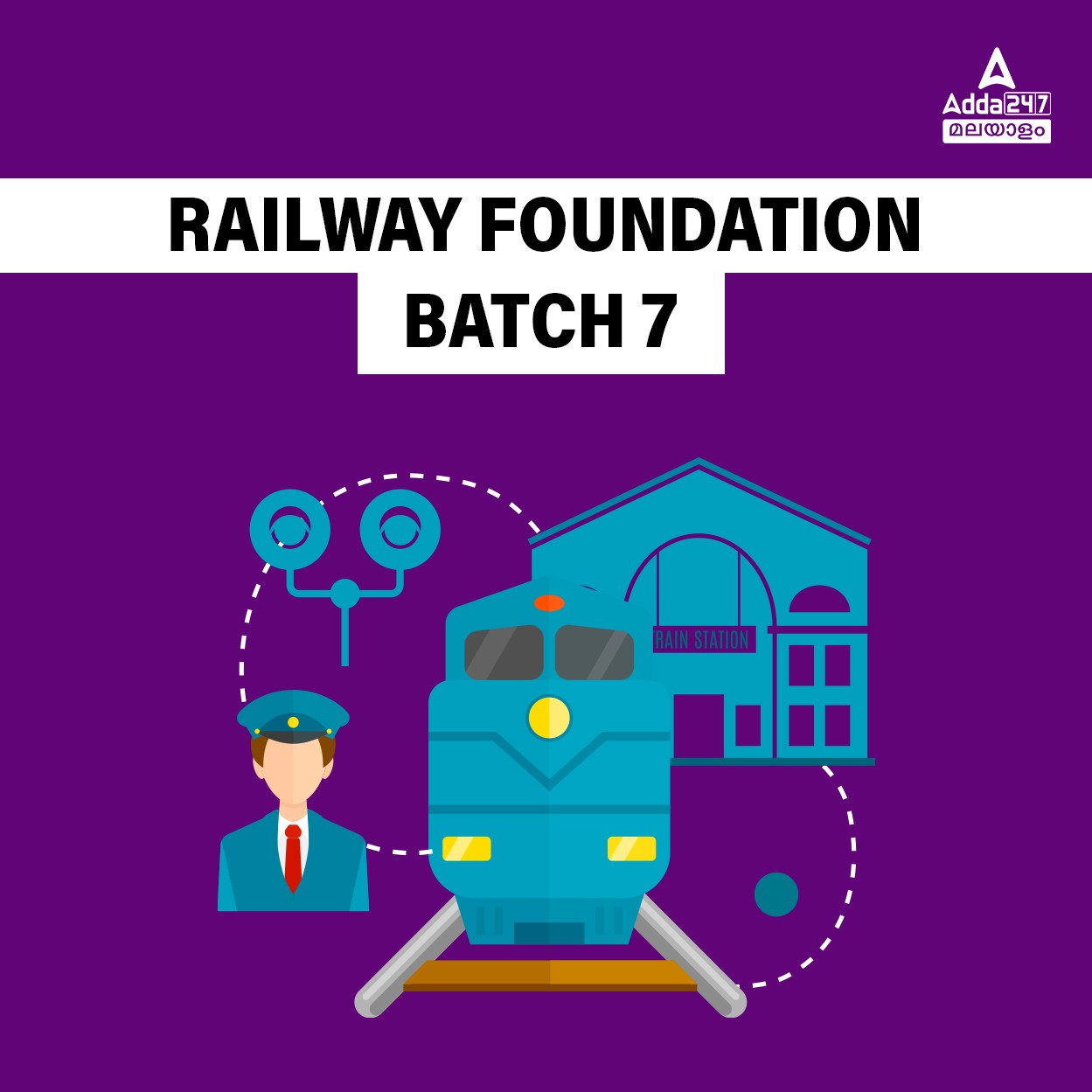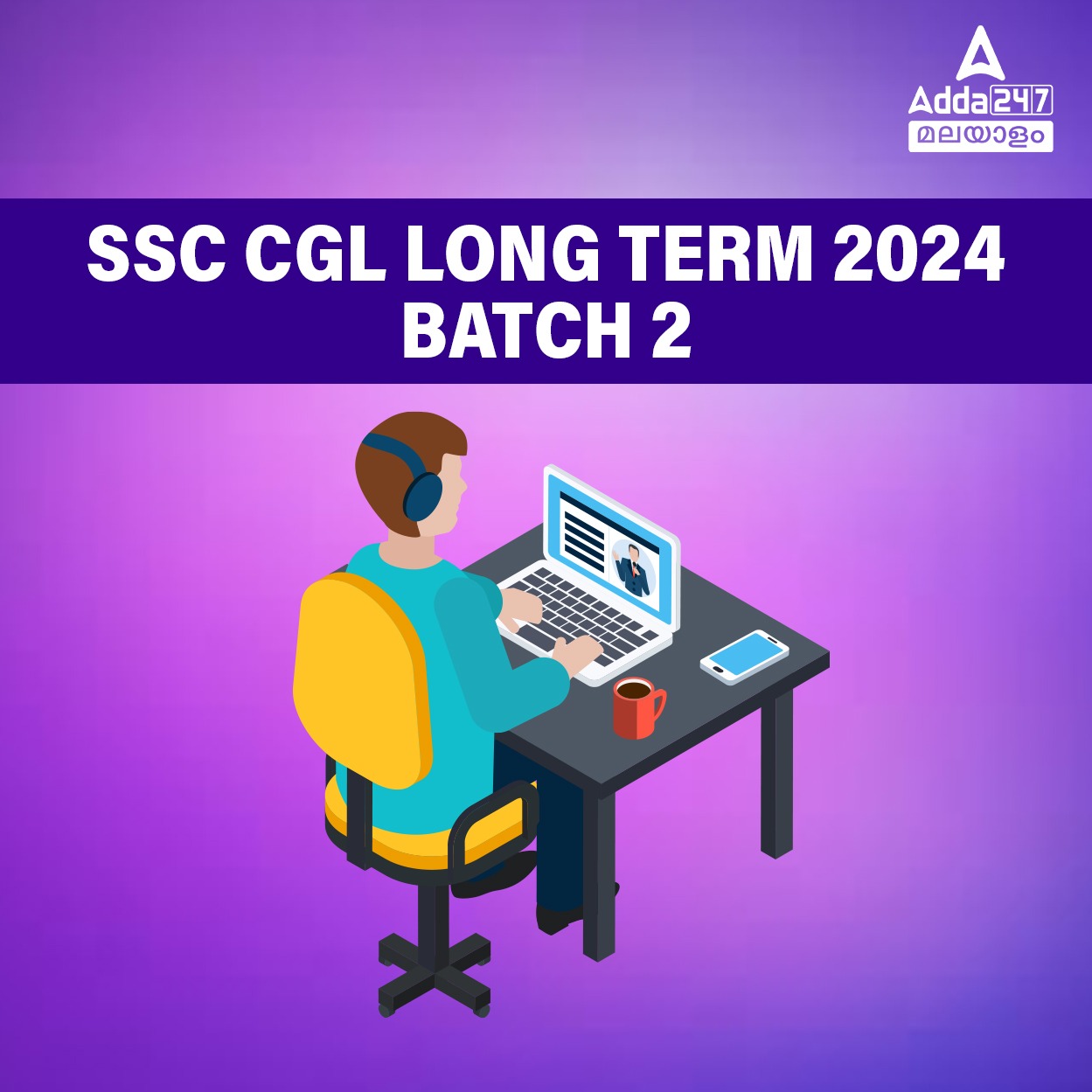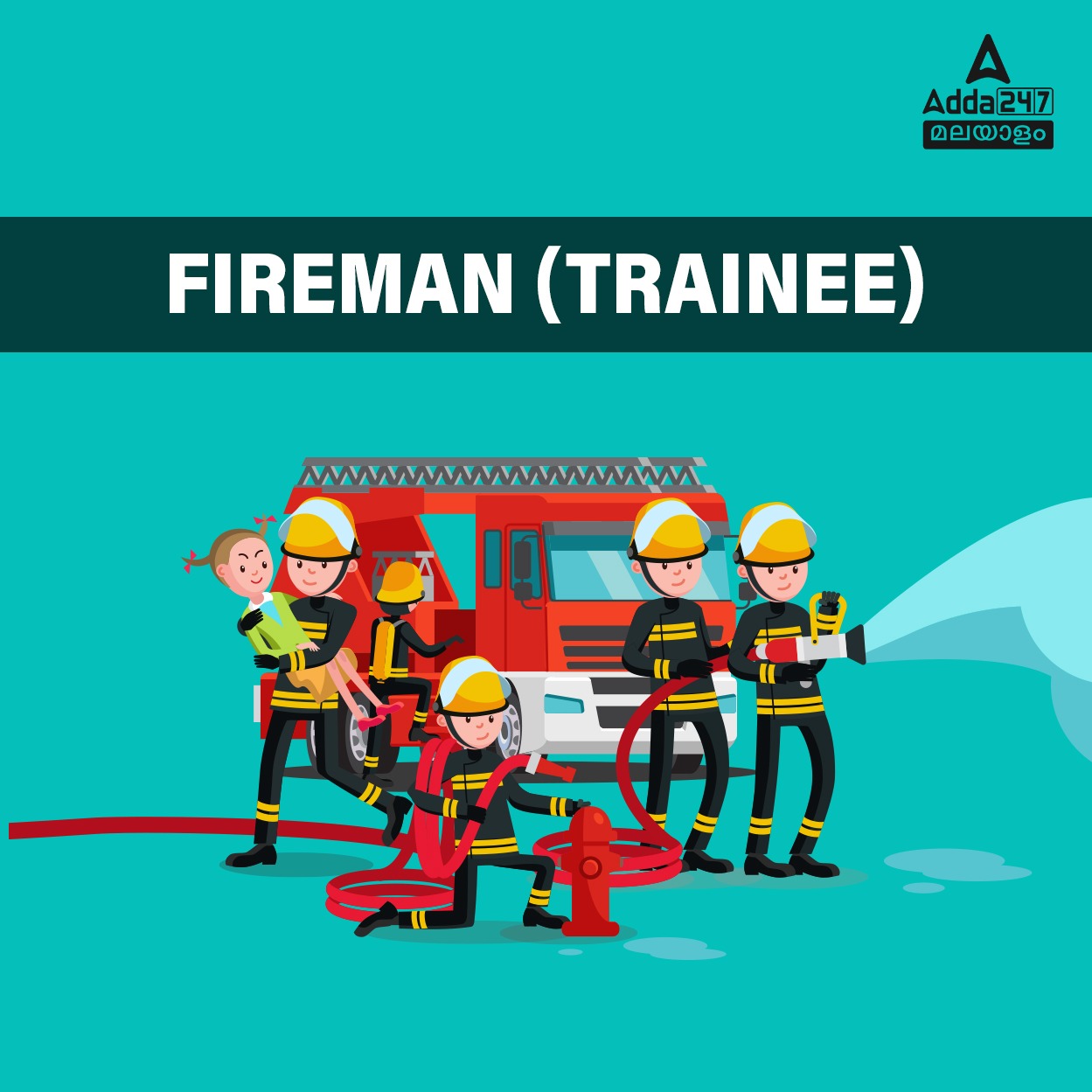Table of Contents
Addapedia Editorial: Daily News Editorial PDF, 06 June 2024
Addapedia Daily News Editorial PDF, 06 June 2024: In this Addapedia Editorial Analysis, We cover Important News Editorials from Newspapers and provide you with detailed analysis. This ADDAPEDIA Editorial Analysis will help you in understanding the National and International events Current affairs and the background of a particular topic. This comprehensive News analysis will help you in Clearing CA and Interview for many exams
Editorials usually cover a particular topic that might be National, State or any International event which is most important to acquire brief knowledge about the event. Editorials are written by Famous news analysts, Politicians, Business analysts, Civil Servants or a person who has immense knowledge in that particular field. Knowing Editorials will not only understand the geo-political relations but also how to write and describe any particular issue which helps especially in PSC, SSC and Banks Exams.
Special Category Status
What is Special Category Status (SCS)?
- In 1969, the Fifth Finance Commission of India introduced the mechanism of SCS to assist certain states in their development and fast-tracking growth if they faced historical economic or geographical disadvantages.
- Factors such as difficult and hilly terrain, low population density and/or a sizable tribal population, strategic location along borders, economic and infrastructural backwardness, and non-viable nature of state finances were typically considered to accord SCS.
- SCS was accorded to 11 states, including the entire Northeast, and the border hill states of Jammu and Kashmir, Himachal Pradesh, and Uttarakhand.
- Subsequently, other states like Odisha, Bihar and Andhra Pradesh started demanding the same.
- The system was scrapped on the recommendation of the 14th Finance Commission, which suggested that the resource gap of the states should be filled by increasing the devolution of tax to 42% from the existing 32%.
What are the advantages of having Special Category Status (SCS)?
- SCS would mean higher grants-in-aid to the state government from the Centre.
- To illustrate, per capita grants to Special Category States is Rs 5,573 crore per year, whereas AP receives only Rs 3,428 crore.
- In SCS states, the Centre funds central schemes up to 90%, compared to 70% in non-SCS states.
- SCS states enjoy special industrial incentives such as Income-tax exemptions, custom duty waivers, reduced excise duty, corporate tax exemption for a certain period, concessions and exemptions relating to GST, and lower state and central taxes.
- Granting SCS would encourage investments in specialty hospitals, five-star hotels, manufacturing industries, high-value service industries such as IT, and premier institutions of higher education and research.
Why does AP want Special Category Status (SCS)?
- Compensation: When undivided AP was bifurcated to create Telangana in 2014 through the AP Reorganisation Act, 2014, the UPA government at the Centre had promised to grant SCS to AP for a five-year period to compensate for the loss of revenue, and of Hyderabad, where much of the development was concentrated.
- High Revenue Deficit: It was estimated that the post-devolution revenue deficit for AP for the five-year period 2015–20 would be Rs 22,113 crore, but in reality, this figure stood at Rs 66,362 crore. This left the AP in a financially disadvantaged position thus requiring SCS.
- High Debt: The debt of the AP state, which was Rs 97,000 crore at the time of bifurcation, reached Rs 2,58,928 crore by 2018–19, and is more than Rs 3.5 lakh crore now.
- Justice for unfair bifurcation: AP argues that the undivided state was bifurcated in an unjust and inequitable manner — the successor state inherited nearly 59% of the population, debt, and liabilities of the original state, but only 47% of its revenues.
- Industrial Backwardness: Today’s AP is essentially an agrarian state, with low economic buoyancy, leading to huge revenue disabilities. This is evident from the fact that the per capita revenue of Telangana for 2015–16 was Rs 14,411, while it was only Rs 8,397 for AP.
what are the counter-arguments for providing SCS?
- Recommendations of the 14th Finance Commission: The 14th Finance Commission recommended that the SCS distinction for states be discontinued, as it created an unintended pattern of incentives for states to remain inefficient. The Commission suggested that support from the center should instead be provided based on specific criteria and needs.
- Fiscal burden concerns: Granting SCS would entail significant financial commitments from the central government, such as higher devolution of central taxes, preferential access to funds, and other concessions. This could put an additional fiscal burden on the center’s resources.
- Setting a precedent: There are concerns that granting SCS to Andhra Pradesh could set a precedent, leading to similar demands from other states, which might be difficult to accommodate given the fiscal constraints.
- Equity and fairness: The central government argues that providing SCS to one state while denying it to others in similar circumstances could be seen as unfair and against the principles of equity and cooperative federalism.
- Encouraging competition and efficiency: The central government believes that providing SCS and associated benefits could reduce the incentive for states to improve their economic competitiveness, governance, and fiscal management.
Youth & Climate Change
It is disappointing that the generation that perhaps has the least contribution to climate change is the one that is going to bear the worst brunt of the crisis.
Hence, it is crucial to ensure that we are aware about the trends of disasters and climate change and their impacts on the younger sections of the populations.
What are the Strategies for Empowering Youth in dealing with Climate Change?
- Climate Change Curriculum: Develop age-appropriate modules on climate change, integrating it with existing educational programs.
- Interactive Learning: Use participatory activities, workshops, and field trips to enhance engagement and practical understanding of climate issues.
- Mentorship and Role Models: Connect youth with environmental experts, scientists, and community leaders working on climate solutions.
- Skill-Based Training: Offer courses on sustainable farming, rainwater harvesting, waste management, and promoting renewable energy sources.
- Peer-to-Peer Learning: Encourage youth to share knowledge and best practices within their communities through peer-to-peer learning initiatives.
- Leveraging Technology: Utilize online platforms, social media, and mobile applications to connect youth, share resources, and mobilize climate action campaigns
How Advika Centre model by Odisha hold potential in empowering youth to deal with Climate Change?
- Advika centres — launched by the Odisha government as part of ‘Advika: I am Unique’ scheme.
- The scheme aims to empower eight million adolescents by sensitising them on various issues such as health, gender equality, nutrition, and environment.
- This programme is implemented by the 75,000 Anganwadi centres spread across the Odisha state where adolescents assemble every Saturday to discuss such issues.
- This programme imparts life-skill education to the youth, which empowers them to play a proactive role at the community level. Dealing with climate change-related disasters has now become an integral part of this life- skill education.
- As part of ‘Advika Club’ activities, these adolescents discuss various aspects of climate change like global warming, heatwave prevalence, importance of forests, alternative means to address water scarcity, preventing heatstroke, and the significance of rehydration salts.
- In addition to this, the youths organised several activities like awareness rallies, plantation drives, and painting competitions to raise awareness within their communities.
- Also, they put up temporary water stations for community use, organised plantation drives and cleaned public water sources, demonstrating their ownership and responsibility towards the environment.
By replicating the Advika model at a national level, youth can be driven to undertake large-scale tree plantation drives, awareness campaigns for waste management and reducing carbon footprint, leading community-level disaster risk reduction initiatives, and creating disaster response mechanisms, to combat climate change and its adversities
Can you answer the following question?
Climate change presents a multifaceted challenge to humanity, demanding innovative solutions and a coordinated global response. Discuss the unique role that young people can play in addressing climate change.


